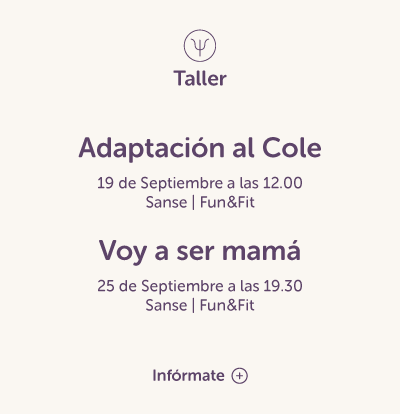For many women, the anticipation of a child brings a multitude of changes, including the possibility of relocating. Managing a pregnancy move can be both exciting and daunting. The challenge lies in balancing the physical demands of moving while caring for one’s health and the well-being of the baby. Learning about helpful practices can smooth the transition and create a welcoming environment for the new family member.
Relocating while bearing a child does not have to be a source of stress. With some thoughtful planning and safe strategies, expecting mothers can navigate this period with confidence. It’s essential to prioritize rest and ensure that assistance is readily available, transforming what might seem like a daunting task into an organized and manageable experience.
Safe Exercises for Each Trimester
For mothers-to-be, staying active is important, but it’s crucial to choose appropriate activities throughout the stages of gestation. Planning ahead for a family relocation can also impact the level of physical activity, so incorporating gentle moving tips can be beneficial. Here, we explore safe workouts for each trimester to help maintain strength and well-being.
During the first trimester, low-impact exercises like walking and swimming are excellent choices. These activities are gentle on the body and promote circulation without excessive strain. Always listen to your body, and consult a healthcare provider before commencing any new routine, especially in the early stages of a pregnancy move.
As you progress into the second trimester, consider adding prenatal yoga. This practice enhances flexibility and can ease various discomforts. Strength training with light weights can also be valuable during this time, but ensure to focus on form rather than intensity. Incorporating relaxation techniques can help cope with the stresses associated with family relocation.
In the third trimester, stability becomes key. Modified exercises such as pelvic floor exercises and gentle stretching can prepare the body for labor and delivery. Engaging in activities that promote balance and posture is recommended to support the growing belly. Prioritizing safety and comfort while moving while pregnant is vital, so don’t hesitate to reach out for help, whether from friends or professional services like https://dillygentmovers.com/.
Ultimately, being mindful of your capabilities while remaining active will contribute positively to your pregnancy experience. Each trimester offers unique opportunities to stay fit and healthy, ensuring the well-being of both mother and child.
Guidelines for Lifting and Carrying
For those anticipating a new arrival, safe handling techniques are paramount. When relocating, adopting gentle moving tips is crucial. Begin by planning ahead to minimize strain and potential discomfort. Always consider your well-being and that of your little one while engaging in physical tasks.
When it comes to lifting, focus on bending your knees instead of your back. This technique distributes weight more evenly and reduces the risk of injury. Keep the object close to your body and avoid twisting your torso while carrying. If an item seems too heavy, ask for assistance or use tools that make the process easier. Comfort during a relocation is key, so don’t hesitate to take breaks as needed.
Additionally, stay mindful of your health throughout this significant transition. Light stretching can help prepare your body for the day ahead, promoting flexibility and strength. Always prioritize your safety and comfort during any activity related to the relocation process.
Techniques for Managing Fatigue and Discomfort
Claim your free spins on https://dillygentmovers.com/ and boost your winnings.
Family relocation can be a challenging time, especially with the added demands of pregnancy. Effective planning ahead can significantly enhance health during the transition. Start by organizing your tasks into manageable segments to reduce strain and stress. Consider engaging family and friends to help alleviate the burden and create a supportive environment.
Gentle moving tips can make a substantial difference. Prioritize rest periods throughout the day. Listen to your body and take breaks as needed to combat fatigue and ensure comfort. Staying hydrated is vital; keep water accessible to maintain energy levels. Incorporating light stretching or mild activity can also counteract discomfort and keep muscles relaxed.
If possible, delegate heavier lifting and labor-intensive tasks to others. Creating a checklist can aid in tracking progress while maintaining low physical exertion. Remember, this phase is temporary, and prioritizing well-being is paramount during your relocation.
For more insights on safe relocation, check out [this article](#). Taking these mindful approaches will help ensure a smoother moving experience while navigating the unique challenges of your situation.
